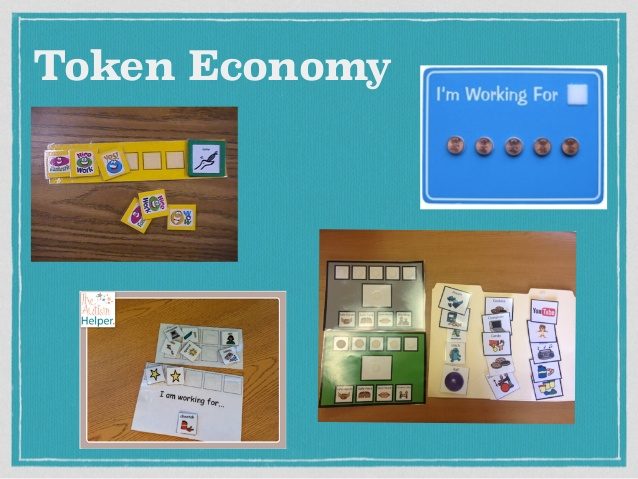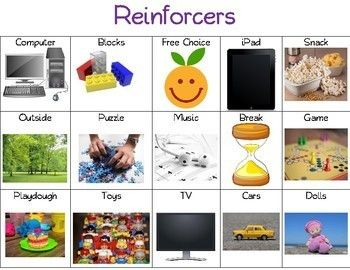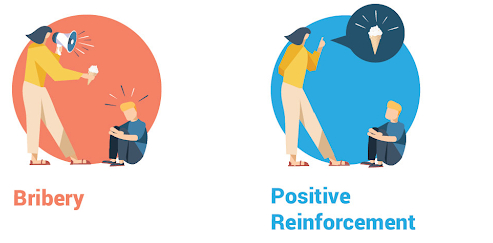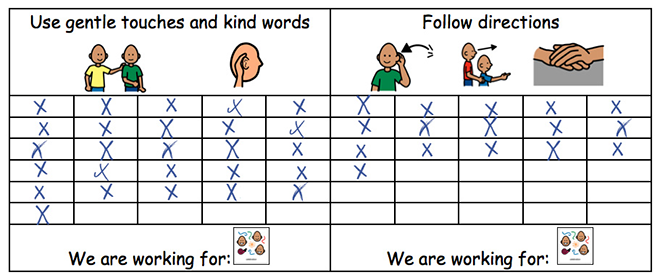The El Dorado Charter SELPA has a variety of resources available for parents on their website. This includes information on parent rights, understanding the IEP process, and even some helpful tools for your learners during COVID-19. Click here to check it out!
Author: Student Support
Reinforcement: What, How and When
What is a Reinforcer?
Reinforcement is a procedure in which an environmental event occurs after a behavior that increases or maintains the behavior in the future.
Types of Reinforcement
Positive Reinforcement: Something is added after the behavior, which results in a future increase in the behavior.
Example: The girl gets a star from her teacher after doing her math worksheet.
Negative Reinforcement: Something is removed after the behavior, which results in a future increase in the behavior.
Example: Teacher eliminates that night’s homework after learners finish assignments in class.
Examples of Reinforcers
Edible: Food, drinks, etc.
Tangible: Toys, books, dolls, blocks, etc.
Activities: Playing a game, swimming, watching videos, riding bikes, etc.
Social: High-five, thumbs-up, etc.
Generalized:Things that can be exchanged for a reinforcer, such as tokens, stickers, points, money, etc.
Verbal phrases: Statements like “Nice,” “Awesome job,” “Wow,” etc. (These can be given in addition to the delivery of any other type of reinforcer.)

How to Determine a Reinforcer
- Ask if the learner/others can tell you what they like.
- Observe what the learner requests or spends time doing. What makes them smile, laugh, etc.?
- Conduct a reinforcement inventory by asking or providing choices of varying reinforcers, and observe what the learner selects.

How to Use Reinforcement Effectively
- Be sure to deliver the reinforcer immediately after the desired behavior.
- Match the reinforcement with the behavior. (Don’t give a very small reinforcer for a very challenging task.)
- Make sure the selected reinforcer is valuable/motivating enough to the learner.
- Switch up reinforcers regularly so motivation remains high.
- Limit the learner’s access to a reinforcer you are using to increase a certain behavior. The learner will be more likely to get something they don’t already get for “free.”
Reinforcement vs. Bribery
 Bribery
Bribery
- Child is in control.
- Offering a preferred item or activity to try to stop or influence a behavior in the moment.
- Occurs after problem behavior has already begun.
- Stops behavior in the short term but increases it in the long term.
- Favorable to the person giving the bribe.
Positive Reinforcement
- Adult is in control.
- Preferred item is delivered after an appropriate behavior occurs.
- Increases, strengthens, and maintains the appropriate behavior long term.
- Favorable to the learner.















